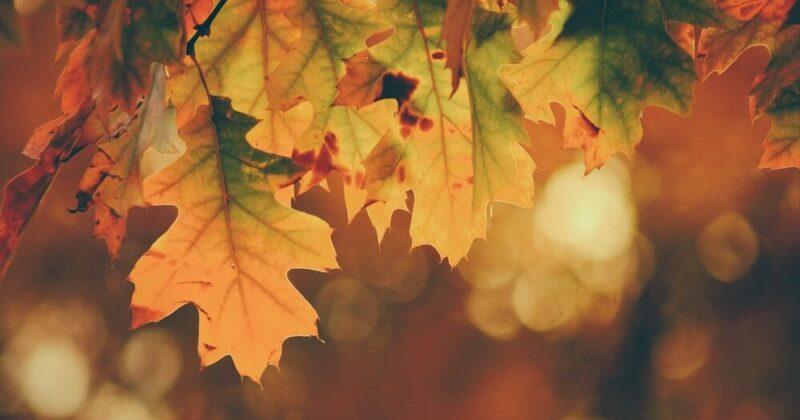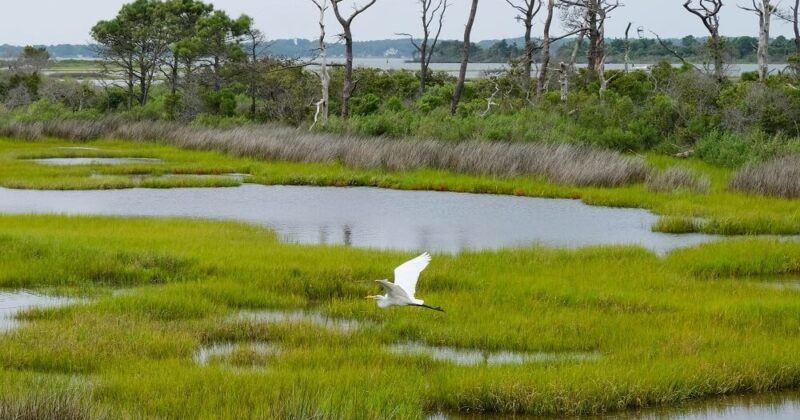
A week of wildlife reports
Last week two big reports were published by conservation groups Rewilding Europe and BirdLife International.
The State of World Bird’s 2022 report sadly warns that nearly half of the world’s bird species are in decline and more than one in eight are at risk of extinction. BirdLife has been studying and documenting birds for 100 years. This is the fifth edition of the report, and it is a really important document, not just for birds but for biodiversity and the planet. The report explains:
“It focuses on birds because they are an excellent barometer for planetary health. Being widely distributed, relatively easy to survey, and responsive to environmental change, birds are useful biodiversity indicators, revealing wider trends in natural ecosystems.”
As we have seen as a familiar theme with a lot of our recent blogs, we know the reasons behind this decline with many factors caused by human actions. But we are doing very little to stop it and are at a crucial...




